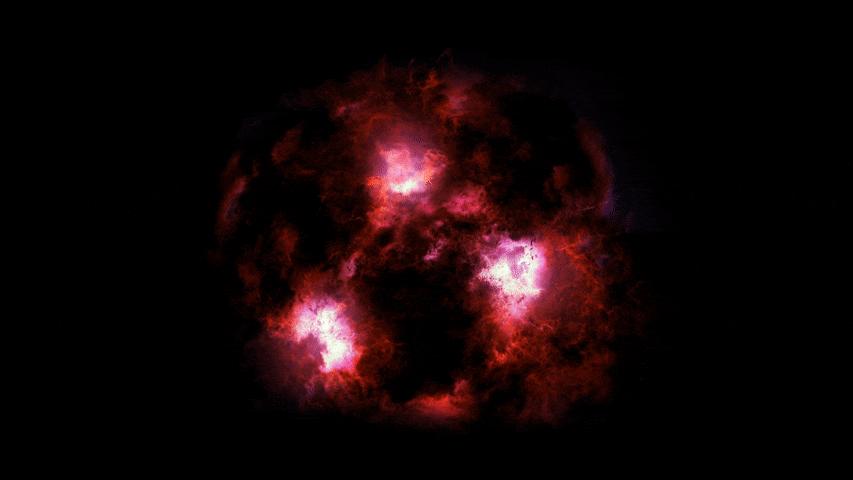When you buy through data link on our site , we may pull in an affiliate commission . Here ’s how it works .
holy person are n’t the only supernal beings wearing halos — galaxies have them , too .
A galaxy gain such a celestial gang when massivesupernovas , or exploding asterisk , inside the Galax urceolata broadcast gamy - energy particles hurtling outwards to the galaxy ’s fringe at the speed of light . As these particles fly , they send out radio waves that form hoop around many galaxies in the universe . But until recently , scientists had an incomplete video of this phenomenon .

The spiral galaxy NGC 4565, about 38.8 million light-years away, has a radio halo that has been clearly detected for the first time.
The discovery of one of these halo , around a extragalactic nebula 38.8 million light - eld aside from Earth , could alter that . [ Interstellar Space Travel : 7 Futuristic Spacecraft to research the Cosmos ]
With an average radio scope , galaxy NGC 4565 appear unremarkable , its halo lean and very faint , Judith Irwin , an astrophysicist at Queen ’s University in Ontario who was not involved in the written report , told Live Science . But when scientist looked at the galaxy using the Low - Frequency Array ( LOFAR ) , a radio telescope internet in the Netherlands , they saw the halo clear as mean solar day . ( Radio undulation are a form ofelectromagnetic radiationthat has low-pitched vigor and frequence and longer wavelength than seeable light . )
They could see the feature more understandably because galactic halos are made up of radio Wave at a wide range of a function of energies , but most radio telescopes can find only the highest - vim radio waves , which are emitted by thehigher - vigor particle . Observing low-toned - energy halos like this one has long been a Proto-Indo European in the sky for astronomers , George Privon , an astronomer at the University of Florida who was not involved in the subject field , tell Live Science . It was an idea " that mass first probe several decades ago " but making those low vigour measurements has been nearly impossible " until LOFAR . "

LOFAR is the first observatory that can discover frequencies below 250 megacycle .
That ’s important because without LOFAR , scientists had a huge blind spot in ancient galactic chronicle . Those easier - to - measure radio Wave on the eminent end of the zip spectrum are associated with immature particles and more - recentstar geological formation . But the more - baffling low - vigour radio waves come from genius - constitution events in the distant past tense .
The fresh , novel observation gave scientists two crucial insights into the history of NGC 4565 . First , researchers now have it off the galaxy is well past its bloom . Because the galaxy ’s gloriole consists mostly of old particles , the scientist concluded that most of the galaxy ’s stars formed long in the yesteryear — approximately 100 million year ago , the investigator estimate .

Using computer fashion model , the scientists also watch what created this halo : Strong galactic winds pushed the particles toward the galaxy ’s periphery . Scientists do n’t know if one specific event created these winds but speculate that they add up from a combination of many hotshot - organisation result and supernovas , Privon say .
" find a radio halo is not needfully new , " Privon say . But getting this variety of a peep into a galaxy ’s past tense — that ’s a footstep forward in science , he added .
Originally published onLive Science .
















